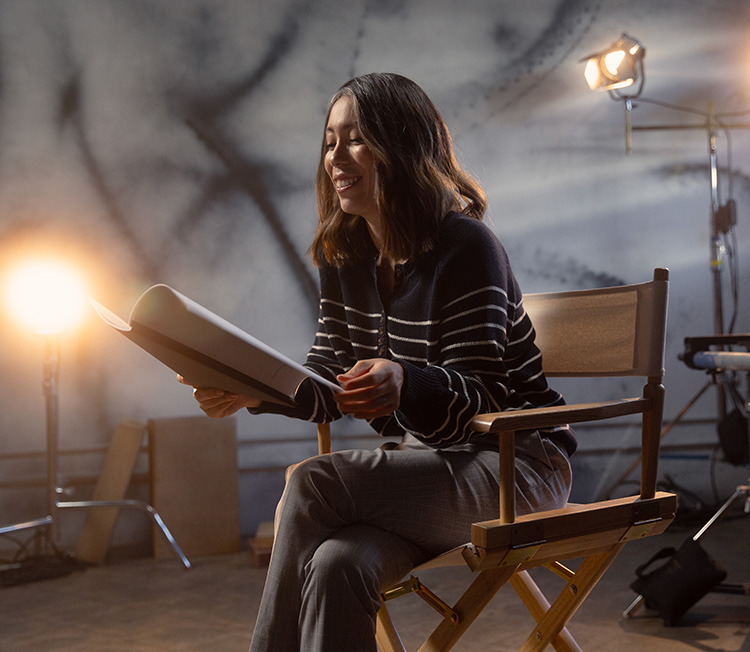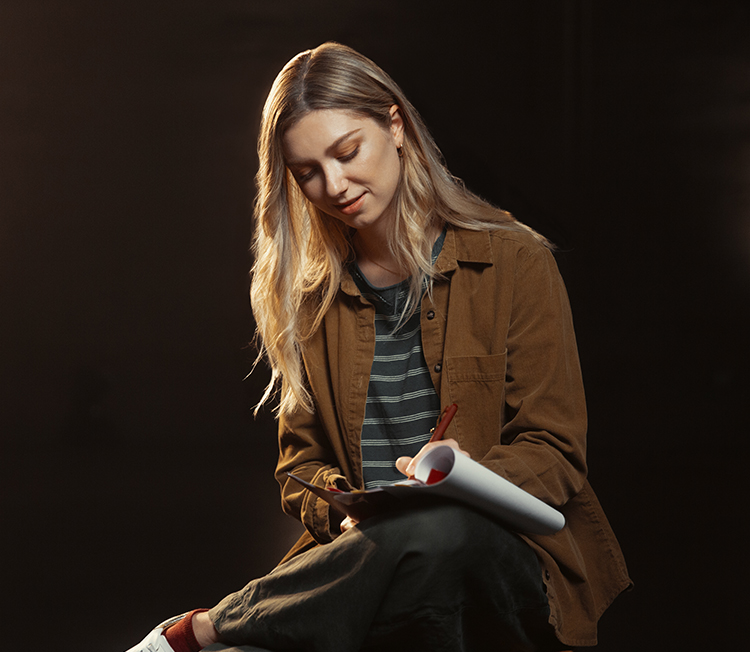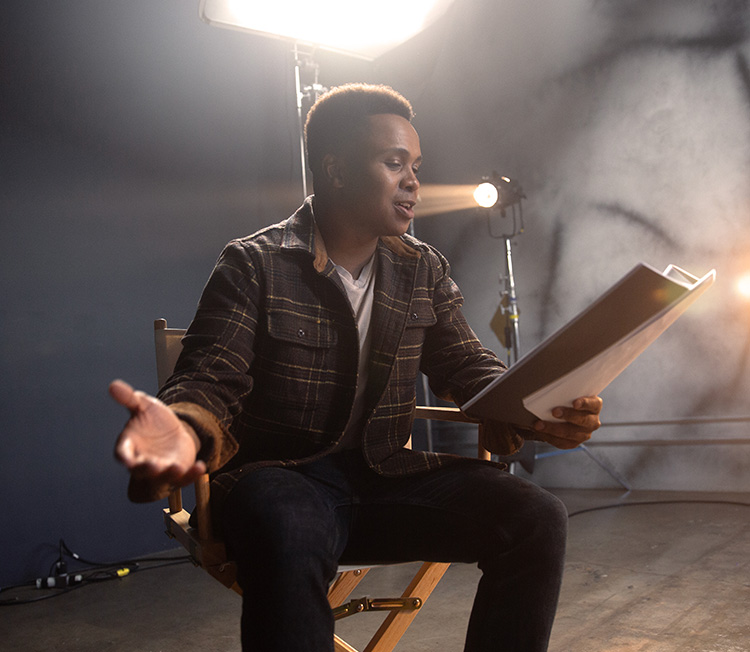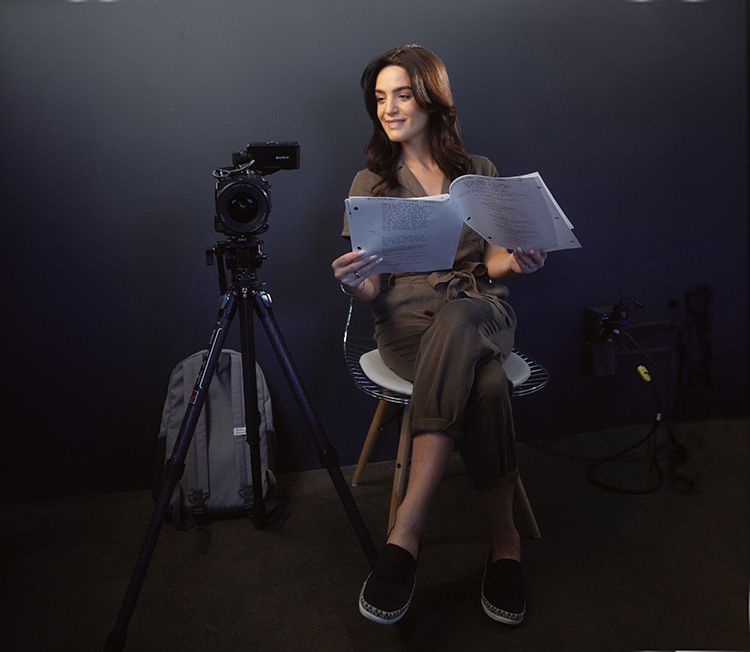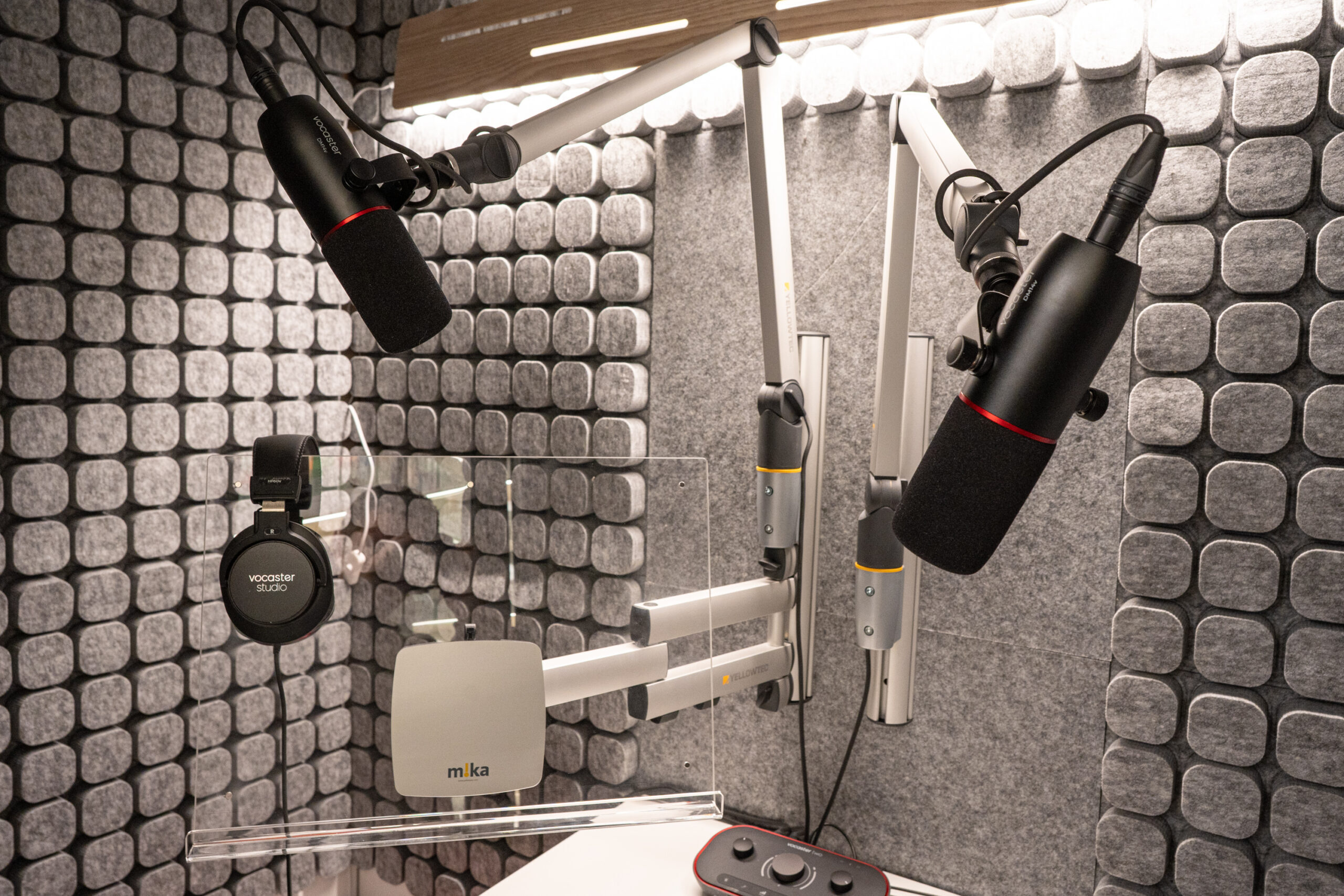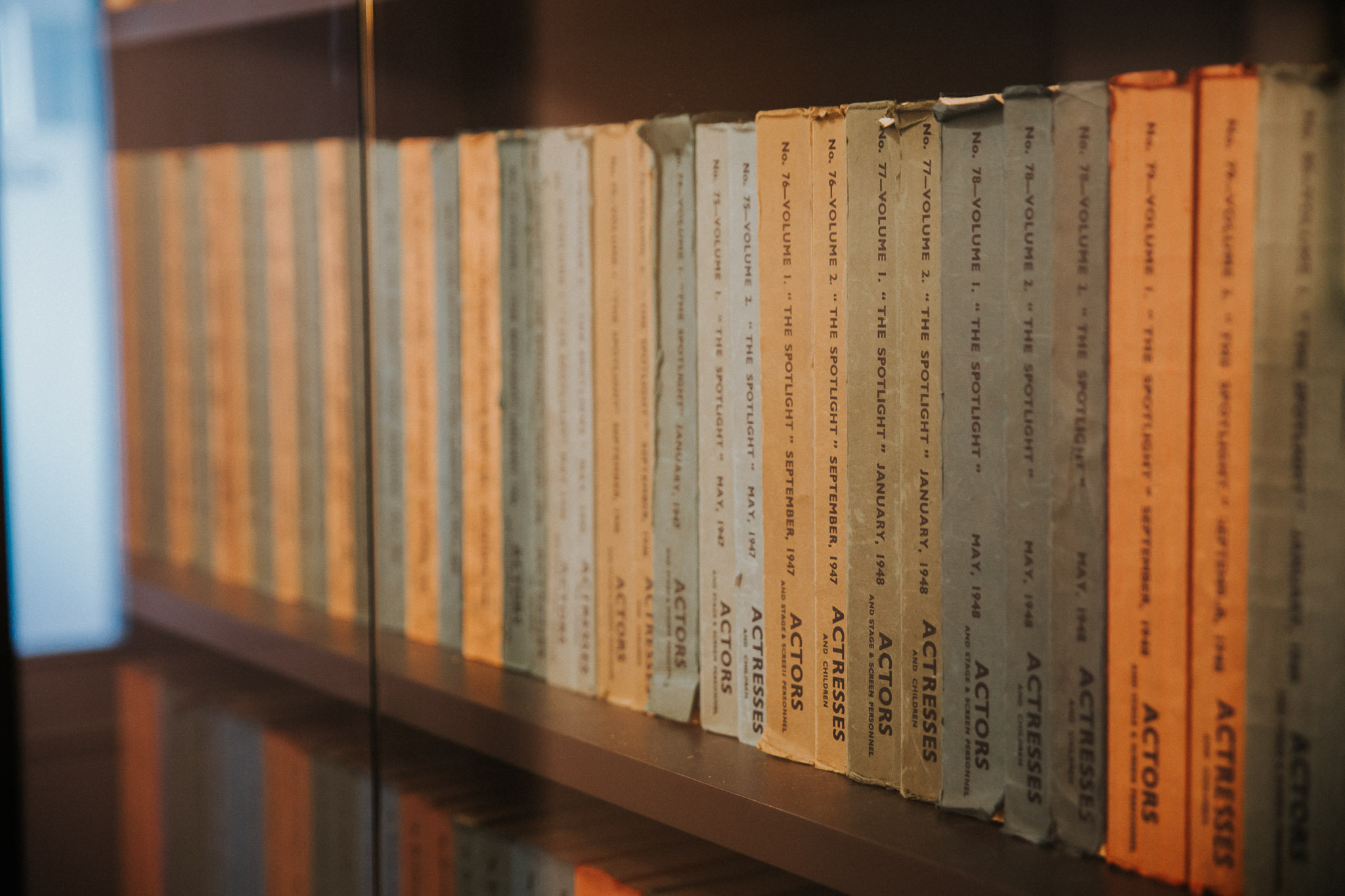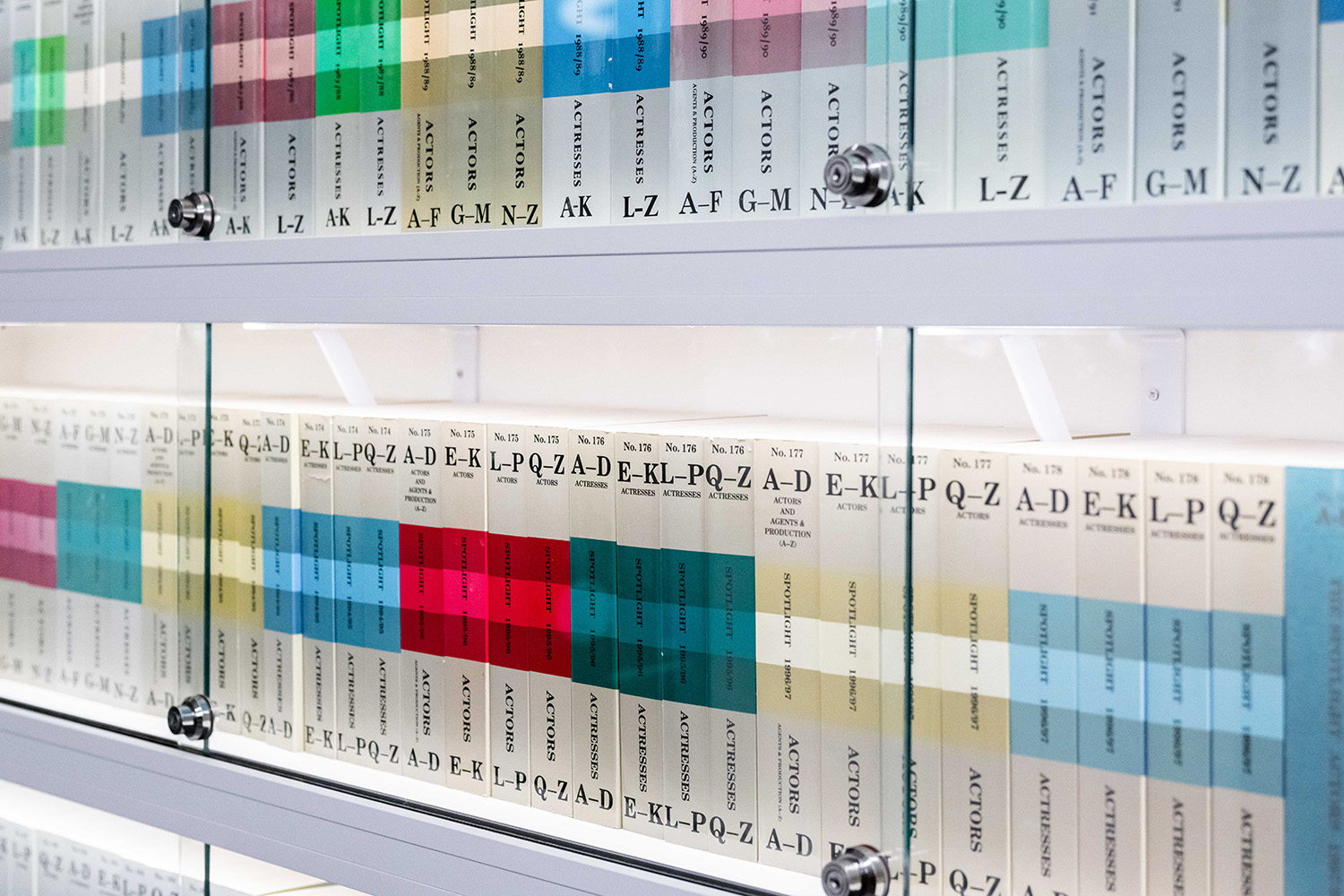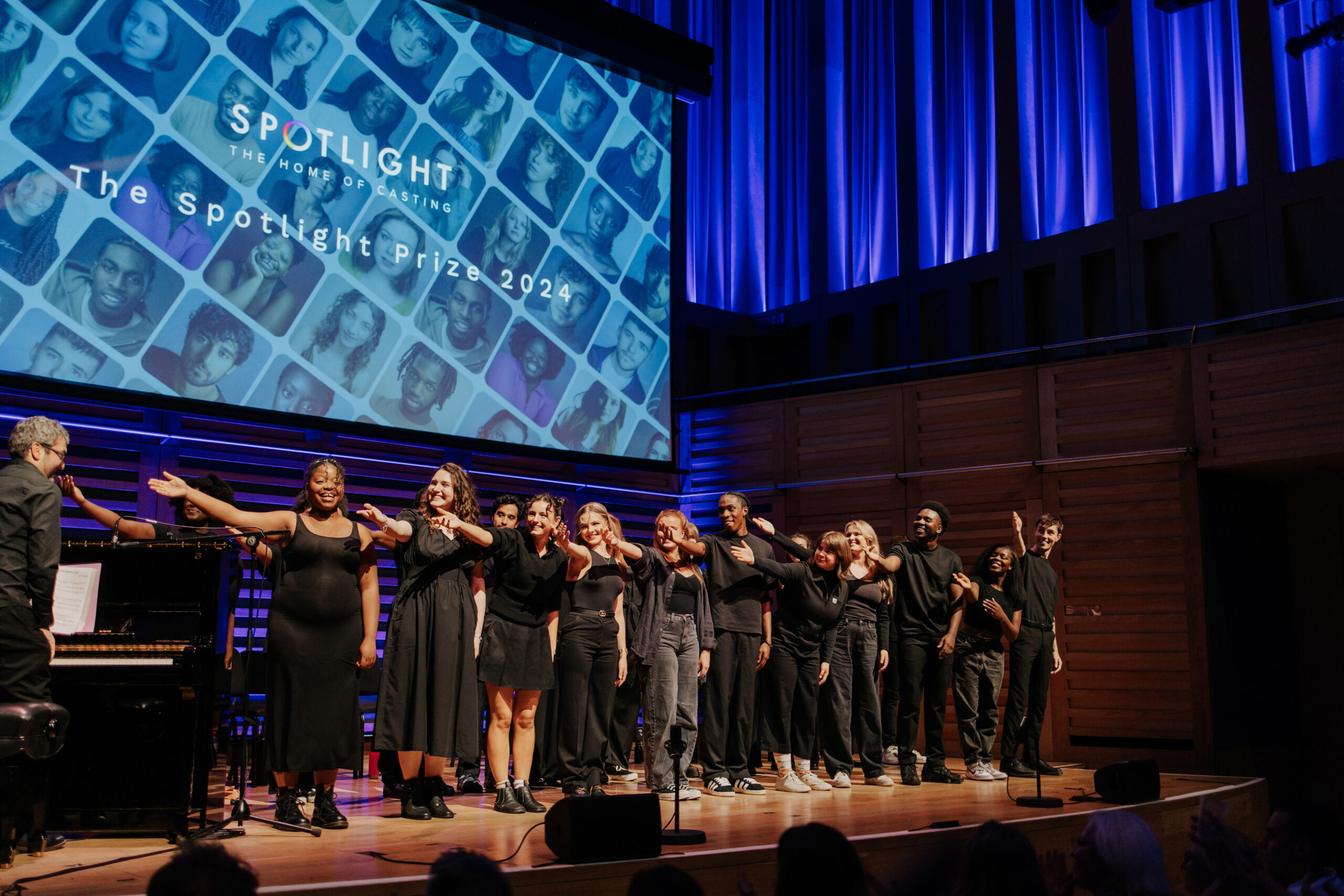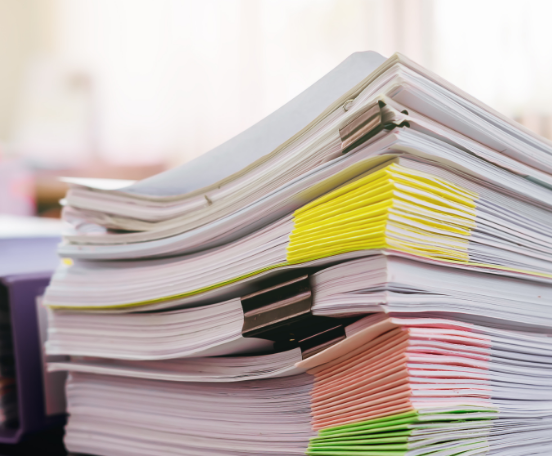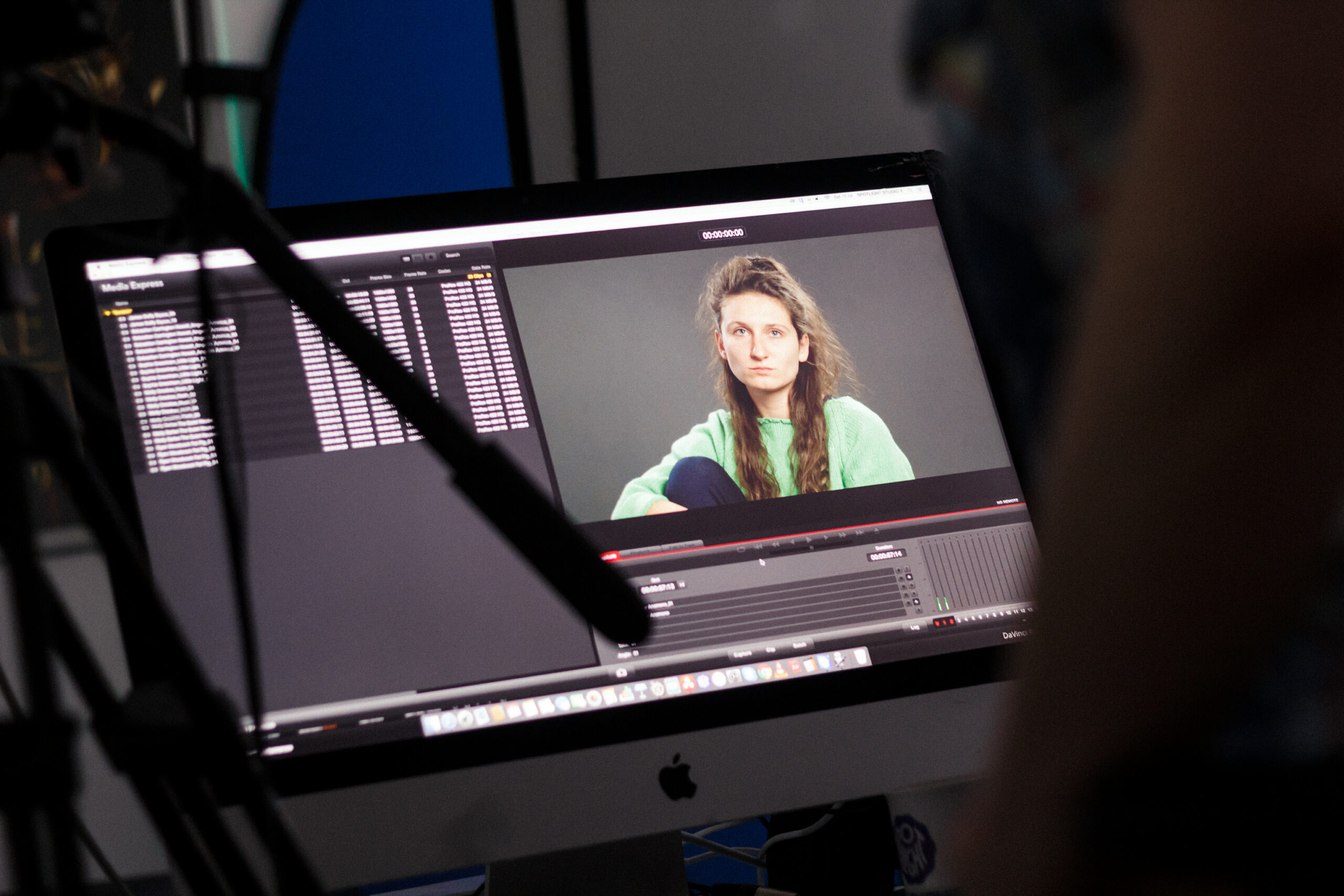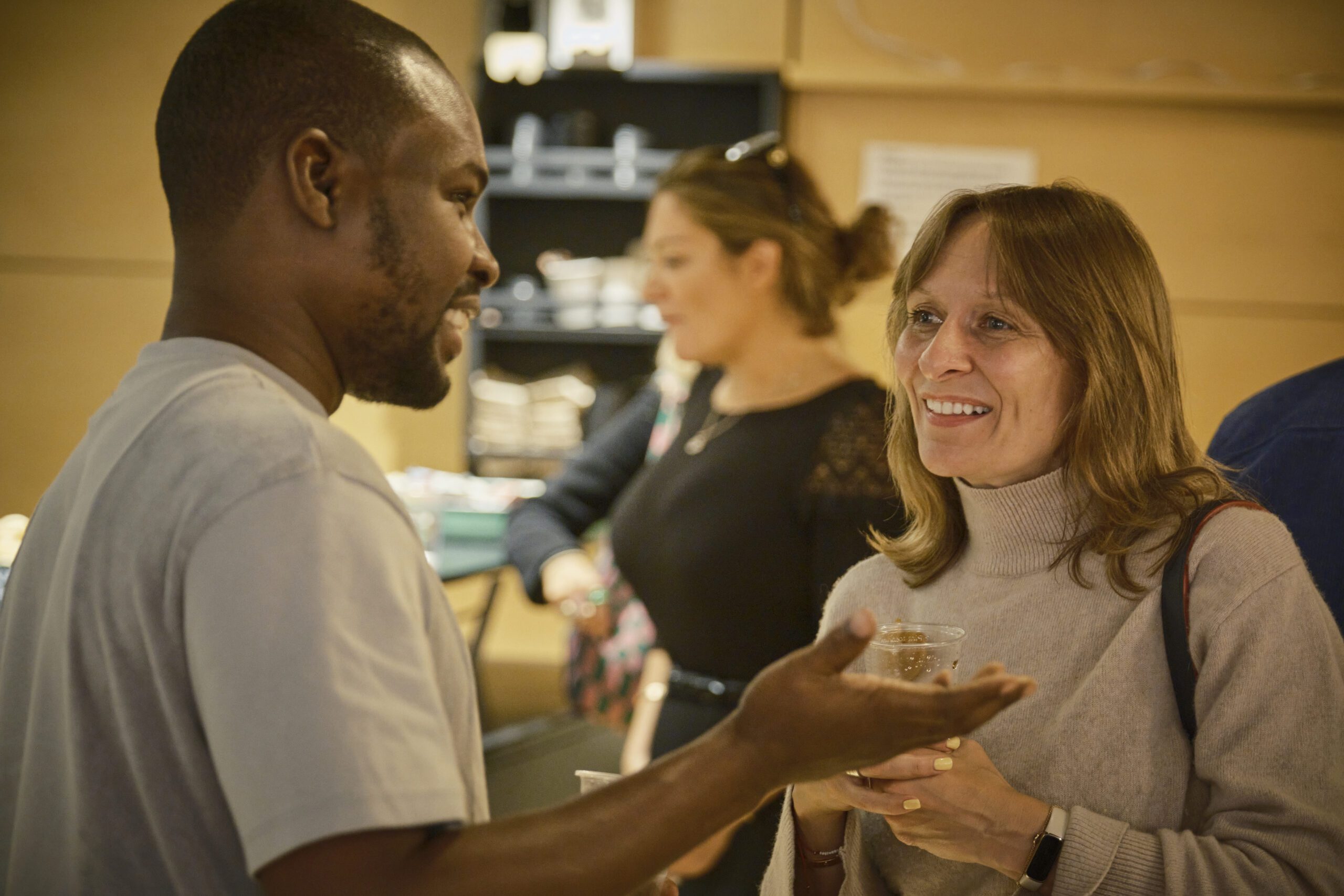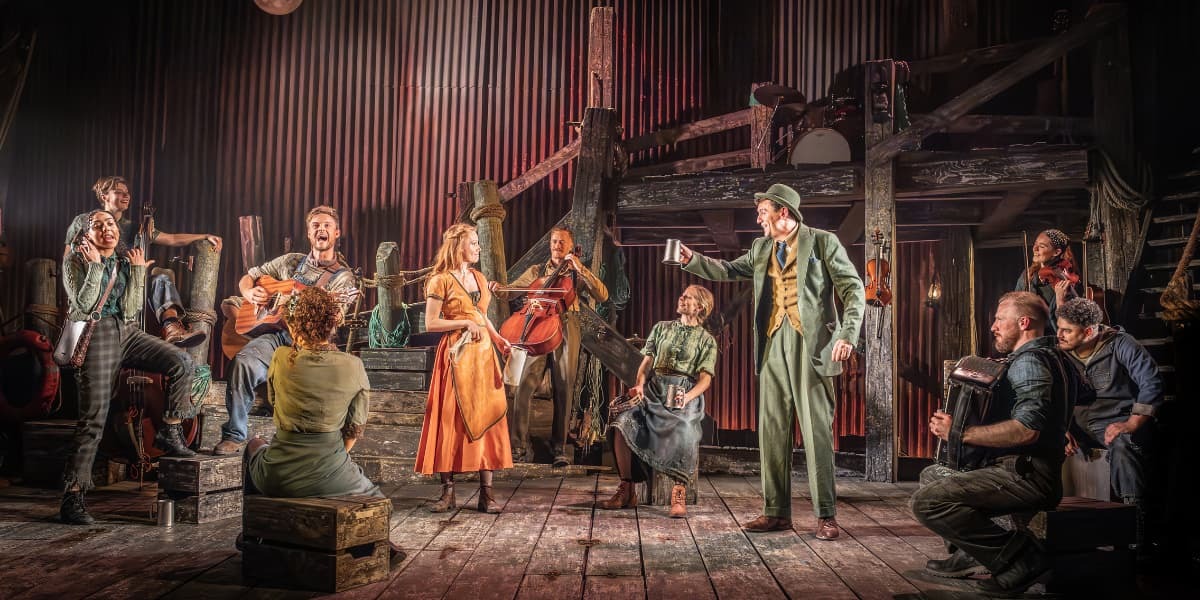The essentials you need to know about reading the call sheet for set!
Call sheets contain all the vital information you need for a smooth day of production on set. But if this is your first TV or film job, deciphering the call sheet can be a fine art in itself.
Here are some basic tips on how to read a call sheet:
1. The general call time for the crew will be at the top of the sheet. The date of the shoot and the day of production will be just below this. The major production contacts including the director, producer and 1st AD will be at the top of the first page.
2. Your specific call time is listed by your name. You will also have been given a number. You should check whether or not you are being picked up and at what time, what time you should be in make-up and costume and when you need to be on set ready to film your scene(s). If you are being picked up, make sure you put the driver’s name and number in your phone so that you can check where to meet them and/or call them on the day in the event of any hold-ups.
3. The address of the location and any parking provisions will be on the front page at the top of the sheet. If you are going to be shooting outside, the details of the weather with highs and lows of temperature, the time of sunrise and sunset will also be right at the top of the sheet.
4. The list of scenes for the day will be below the location, weather and general crew call time. It gives you the scene number, the page count, a description of the scene and a brief outline of the action. You can also see which actors will be needed (indicated by their numbers rather than names). The location and any location moves between scenes and set-ups will be included in this breakdown.
5. The cast list is below the scene breakdown. Each member of cast is allocated a number from 1 (the lead) through to how ever many actors are in the production. The status box shows the stage of production for each actor:
- SW: start work i.e. this is the actor’s first day on set.
- W: work i.e. the actor is in the midst of filming.
- WF: work finish i.e. it’s the actor’s last day on set.
- SWF: the actor is a day player i.e. they start and finish work on the same day.
Below the cast list are the details about stand-ins and background artists. Page 2 usually gives the crew list separated by department.
6. The next day’s schedule lets you know in advance whether you’re needed and what to prepare. Now you just need to be ready when the director calls action!
Laura trained at Central School of Speech and Drama. She has toured internationally and in the UK in a range of theatre productions and appeared on TV in Emmerdale, Doctors and Strike: Career of Evil. Her first play was workshopped and performed at Hull Truck.

